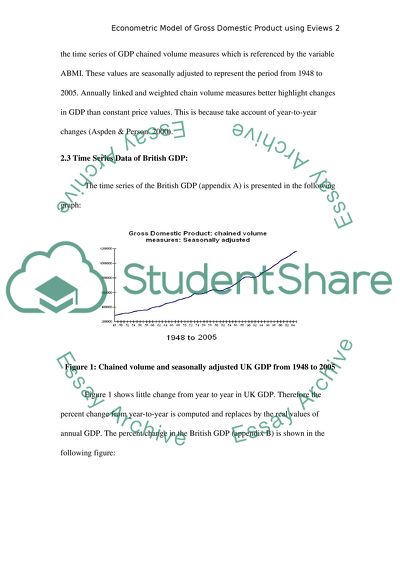Cite this document
(The Relevance of Inflation, Unemployment and Interest Rates in Predict Statistics Project, n.d.)
The Relevance of Inflation, Unemployment and Interest Rates in Predict Statistics Project. Retrieved from https://studentshare.org/macro-microeconomics/1522203-gross-domestic-product
The Relevance of Inflation, Unemployment and Interest Rates in Predict Statistics Project. Retrieved from https://studentshare.org/macro-microeconomics/1522203-gross-domestic-product
(The Relevance of Inflation, Unemployment and Interest Rates in Predict Statistics Project)
The Relevance of Inflation, Unemployment and Interest Rates in Predict Statistics Project. https://studentshare.org/macro-microeconomics/1522203-gross-domestic-product.
The Relevance of Inflation, Unemployment and Interest Rates in Predict Statistics Project. https://studentshare.org/macro-microeconomics/1522203-gross-domestic-product.
“The Relevance of Inflation, Unemployment and Interest Rates in Predict Statistics Project”, n.d. https://studentshare.org/macro-microeconomics/1522203-gross-domestic-product.


